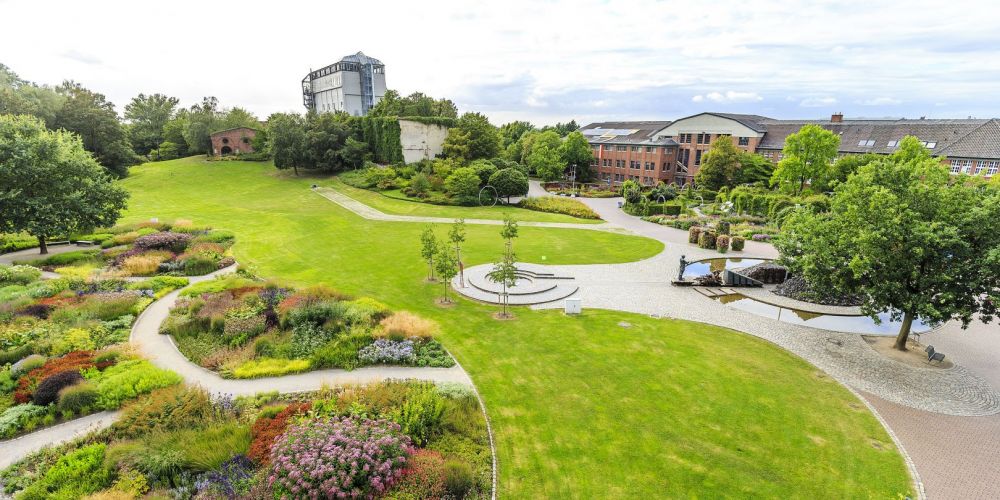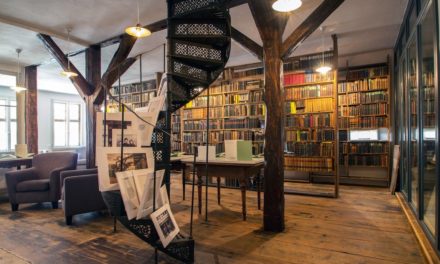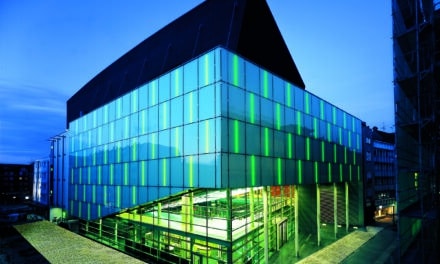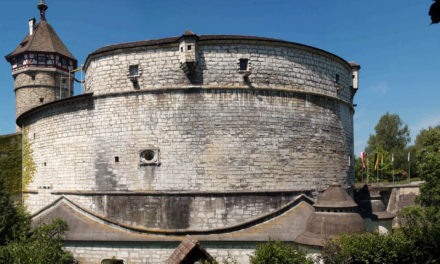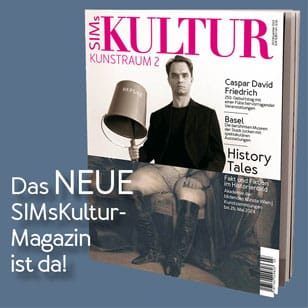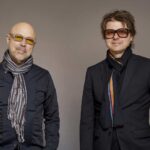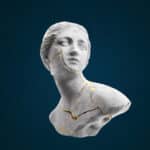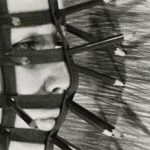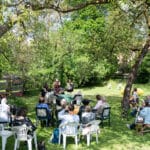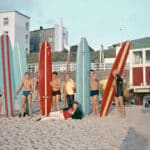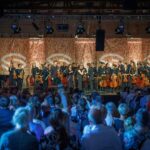Maximilianpark is the first renaturalized colliery site in Germany. It is the easternmost anchor point of the Route of Industrial Heritage and is therefore one of the most important industrial monuments in the region. Traces of the Maximilian colliery can still be found all over the site today. Far beyond the city limits, the best-known legacy of the "Maximilian" colliery is the glass elephant, which was once the colliery's coal washing plant. Other buildings, such as the electrical control center, the workshop or the old washing hut are wonderful witnesses to important colliery architecture. On a walk through the park, you can discover ruins and remnants of the old colliery facilities in many places, which have been reclaimed by nature.
The "Maximilian" colliery
Where today children play and many people go for a walk, hard work was once carried out. With just under 600 miners, the plant extracted almost 16,000 tons of coal and by 1913 was already producing six times that amount at three times the capacity. Around 2063 miners brought 10,1851 tons of black gold to the surface in one year.
Two years later, however, a catastrophic incident occurred: a particularly severe water inrush prevented coal from being mined any further. The water had reached the first level and later even escaped above ground. As a result, the mine had to be abandoned. In miners' parlance, this also means that the mine was flooded. Two further attempts were made to restore Maximilian colliery to working order. However, these were also unsuccessful. But in the end, all was forgiven, wars and economic crises were stronger, and in 1943 the final end came. The site and the buildings were left to their own devices. Over the following decades, nature increasingly reclaimed the site. A diverse plant world developed.
The children's playland...
... is a paradise for children. Whether big or small - nobody gets bored on our many themed playgrounds. Here the little ones can climb like the grown-ups on the toddler climbing course, the grown-ups can shimmy from tree to tree on the jungle playground, search for treasures in the old mine or simply get really wet in the Valley of a Thousand Waters. There is no such thing as boredom here.
More than 6 kilometers of footpaths...
... lead through colorful gardens, plantings of perennials and grasses, seasonally changing flower beds, over unspoilt slag heaps, past a pond and marsh area to various themed gardens. Immerse yourself in a world of art and nature. Seats invite you to linger and relax in all areas of the park. At the artificially created Maximiliansee lake, the lake terraces amidst the colorful shoreline plants invite you to take a leisurely break. Our restaurateur will spoil you here.
Enchantingly iridescent butterflies - the largest tropical butterfly house in NRW
Up to 80 different butterfly species from the tropical regions of South and Central America, Africa, Thailand, Malaysia and the Philippines live in the largest tropical butterfly house in NRW over the course of a season. The butterflies fly freely through the 450 square meter tropical paradise. Marvel at palm-sized moths such as the Atlas silk moth and see how it spends its daytime sleep almost motionless.
Variety of plants
Changing plantings invite you to take long walks at any time of year and allow the park to blossom again and again. You can enjoy various themed gardens (dyer's garden, scented garden, apothecary garden, herb and vegetable garden, fuchsia garden, rose garden) or the large herbaceous beds by Piet Oudolf, wander through untouched woodland areas or explore a unique composition of grasses, strelizia, monocots (spathiphullum), priest palms, palm ferns and elephant's foot high up in the glass elephant.
Art walk
The glass elephant, an art object by Dr. Horst Rellecke, towers over the entire site as a walk-in monumental sculpture. The glass elephant is the landmark of the town on the River Lippe and the region. Maximilianpark is also home to many sculptures made of stone, wood and other materials.
But why are these different objects everywhere in the park and which artists created them? Why does a ribbon snake through the landscape?
Wolfgang Lamché, for example, laid his curvy, winding, straight but also kinked landscape ribbon in the park for the State Garden Show back in 1984. It crosses paths, meanders through flower beds or crawls across the lawn, in some places it rears up or disappears into the earth and merges with nature, a symbolic merging of nature and art. Over the years, many objects by German and international artists have been added.
The works of art provide an overview of the diversity of the exhibitions that have taken place in Maximilianpark over more than 30 years. For example, the blue whale fluke was created for the Greenpeace exhibition "The World of Whales" in 1996 and the "Meditation Bridge" made of colored steel was set up by Manuel Schöbl as part of his exhibition "Breakthroughs" in 1993.

